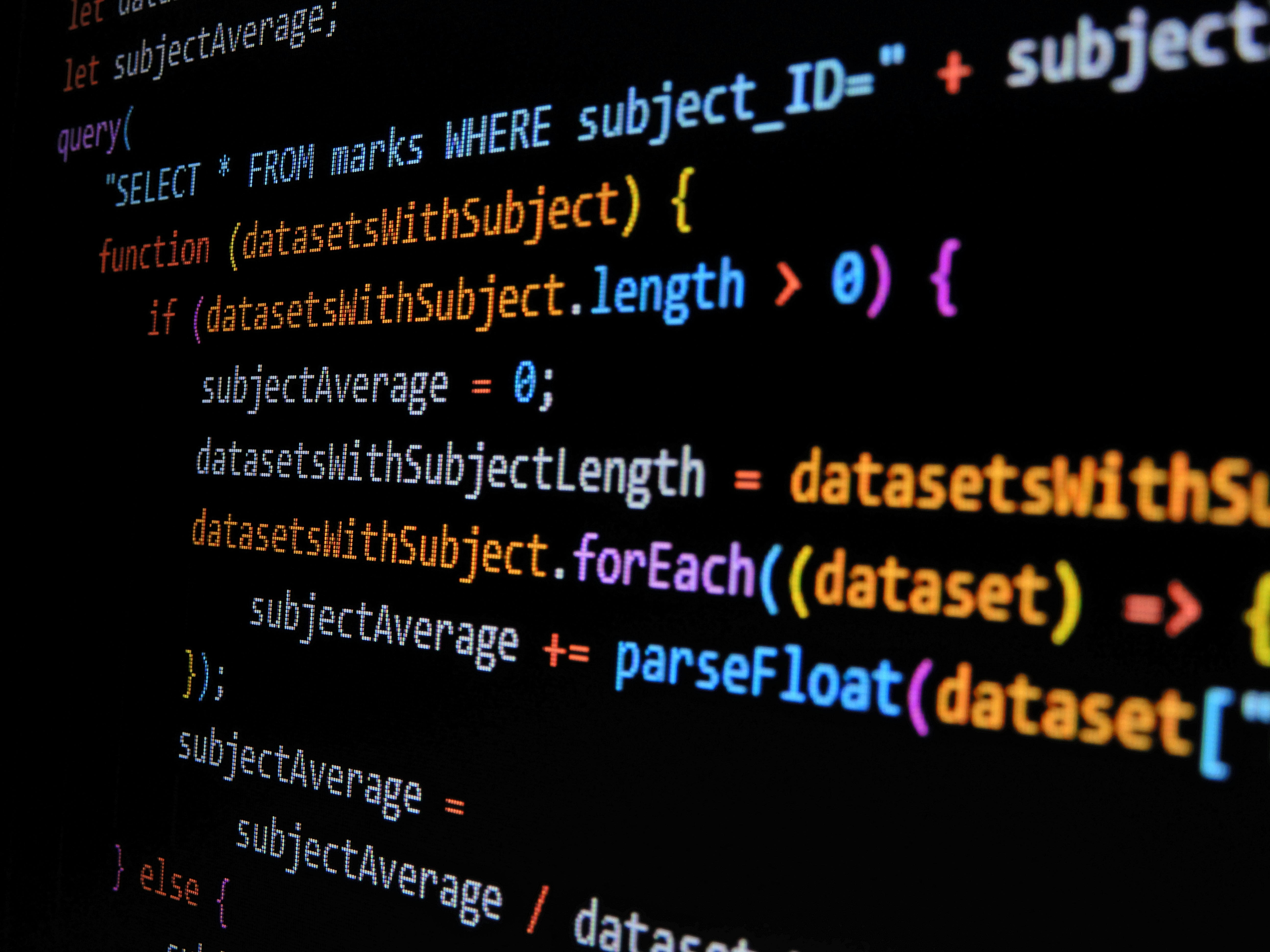

The backend refers to the part of a software application or website that handles the logic, database interactions, authentication, and server-side operations - essentially, everything that happens behind the scenes.
Logic refers to the instructions and rules that define how the application behaves. This is often called business logic - the code that drives how data is processed and how the system responds.
def calculate_total(cart_items):
total = 0
for item in cart_items:
total += item['price'] * item['quantity']
return total
This function is backend logic - it takes a list of items in a cart and calculates the total cost. The frontend would call this on the server to get a total, but the calculation happens behind the scenes.
A machine (or cloud-based service) that listens for and processes requests from clients (like web browsers or mobile apps) is called a server.
When we say a server is listening, we mean:
const express = require('express');
const app = express();
app.get('/', (req, res) => {
res.send('Hello from the backend!');
});
app.listen(3000, () => {
console.log('Server is listening on port 3000');
});In this code:
app.listen(3000) means the server is listening on port 3000.